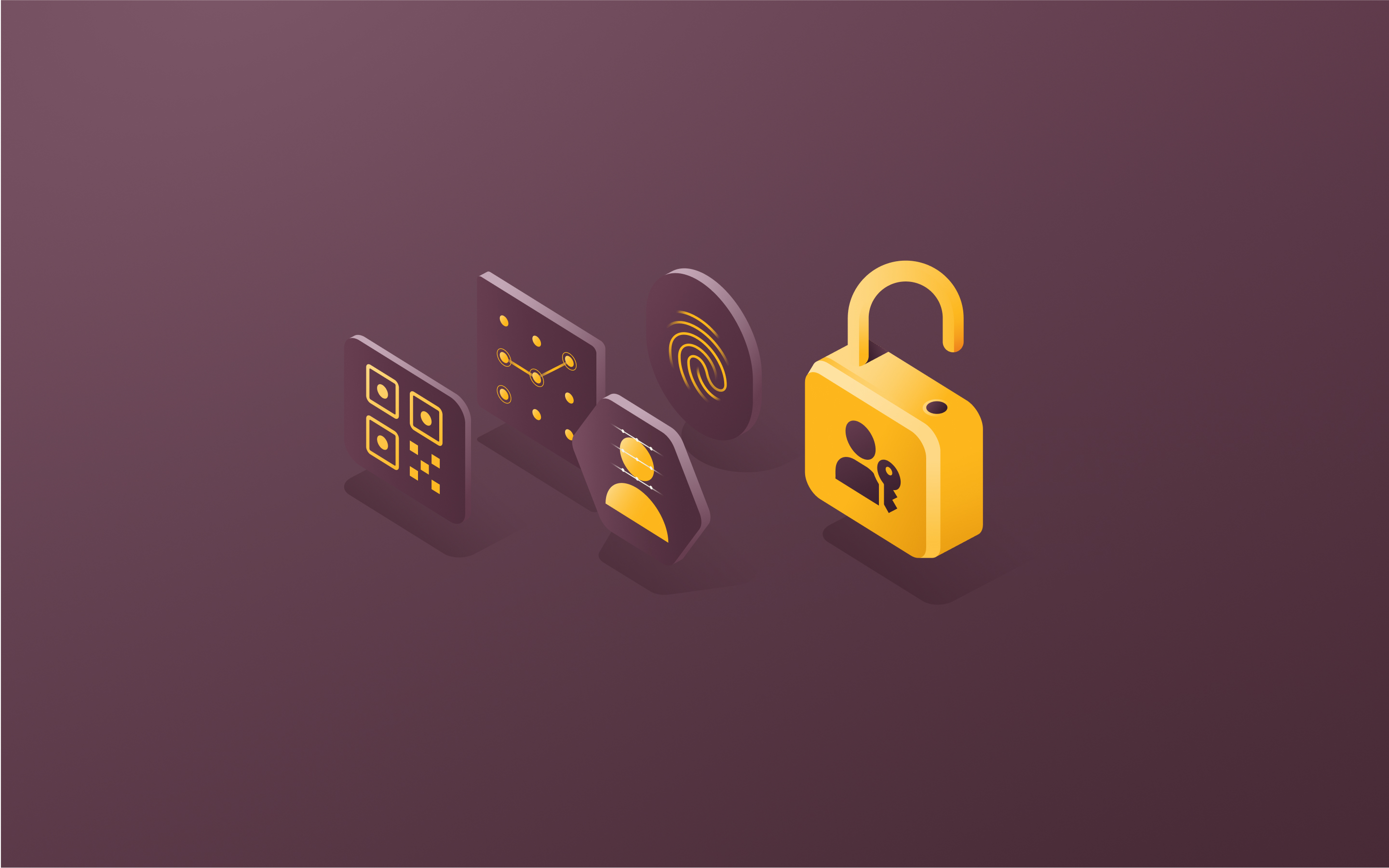The CTO's playbook for scaling startup security and SOC 2

As a startup CTO, you're juggling a million priorities. Product roadmap, tech debt, hiring, infrastructure—the list never ends. It's tempting to push security to the bottom of that list. After all, you're not storing sensitive health data or processing millions of credit card transactions, right?
Wrong. The harsh reality is that startups are prime targets for cyber criminals. You're often operating with immature security controls, skeleton staff, and a "we'll worry about it later" mindset. But a single breach could derail your growth trajectory, alienate customers, and spook investors.
Consider these sobering stats:
- 48% of small and mid-size businesses have experienced a cyber security incident in the past year.
- The average cost of a data breach soared to $4.88 million in 2024
- 82% of CIOs believe their software supply chains are vulnerable
"Attackers are highly motivated and well-resourced," warns Duncan Godfrey, Rippling's CISO. "Small and medium-sized businesses often think they're too small to become a target, but they're just as vulnerable as large enterprises. And they often lack the financial resources and skill set to combat new threats."
When you're focused on finding product-market fit and scaling revenue, it's easy to deprioritize security. But the stakes are too high to leave it to chance.
This is especially true for B2B SaaS startups, where enterprise customers are increasingly demanding proof of robust security practices before signing deals. That's where SOC 2 compliance comes in.
8-week roadmap to SOC 2 compliance
Why SOC 2 is a must-have for SaaS startups
For SaaS companies, SOC 2 compliance is no longer optional—it's a business necessity. Enterprise customers won't even consider your product if you can't prove you're handling their data securely. But achieving SOC 2 is easier said than done when you're running lean.
The idea is to focus on the critical controls that satisfy multiple SOC 2 criteria simultaneously. This lets you knock out key requirements efficiently, without getting lost in the compliance weeds.
The high-impact security controls every startup needs
There are a few foundational security measures that allow you to invest your limited resources for the highest security impact:
- Implementing SSO and enforcing MFA everywhere: This greatly reduces your attack surface by centralizing authentication and hardening account security.
- Deploying MDM to manage devices: Pushing security policies and encrypting disks across all your endpoints goes a long way in achieving compliance.
- Automating user access: Ensuring that permissions are granted and revoked instantly as roles change eliminates a huge risk.
- Formalizing incident response: Having a battle-tested plan for handling breaches is not only a compliance necessity, but existentially important for your company's resilience.
The 80/20 rule for startup security
Shoring up your IAM, devices, and incident response will get you most of the way to SOC 2 compliance. But to truly protect your business as you scale, you need to take a holistic approach to security.
The key is to focus on the 20% of controls that will eliminate 80% of your risk. In addition to the above, this means:
- Encrypting sensitive data, both at rest and in transit
- Implementing robust logging and monitoring to detect anomalies
- Conducting regular penetration testing to identify vulnerabilities
- Vetting your software supply chain for hidden risks
By prioritizing these high-impact areas, you can build a strong security foundation without getting bogged down in the compliance minutia. It's about progress, not perfection.
Your next steps: A practical SOC 2 roadmap
Checking every box on the SOC 2 checklist can feel daunting, but it doesn't have to derail your roadmap. The trick is to break it down into achievable sprints:
- Weeks 1-2: Roll out SSO and MFA everywhere
- Weeks 3-4: Deploy MDM and endpoint encryption
- Weeks 5-6: Automate user lifecycle management
- Weeks 7-8: Knock out quick win compliance tickets
Sound overwhelming? Our "startup CTO's IT strategy bundle" has the complete 8-week SOC 2 implementation plan, automation workflows, security checklists, and more. It's everything you need to build a comprehensive yet streamlined security program that evolves from "we'll get to it eventually" to "security is how we operate."
Plus, our 60-minute crisis response plan includes step-by-step communications playbooks and critical checklists to help you navigate the storm and emerge with your business (and reputation) intact. Grab your copy now to start turning security from an afterthought into an accelerator.
Download the CTO strategy bundle now
This blog is based on information available to Rippling as of March 31, 2025.
Disclaimer: Rippling and its affiliates do not provide tax, accounting, or legal advice. This material has been prepared for informational purposes only, and is not intended to provide or be relied on for tax, accounting, or legal advice. You should consult your own tax, accounting, and legal advisors before engaging in any related activities or transactions.










